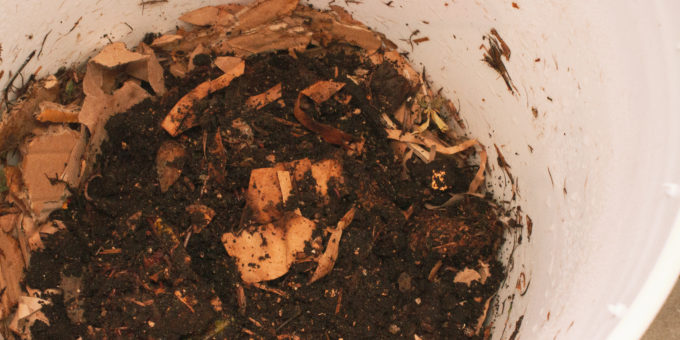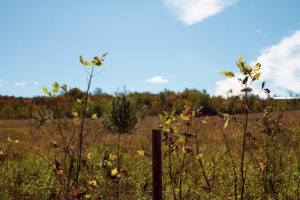
When we moved in to our new apartment we were pretty bummed out to realize we no longer had the option of using a green bin (city collected compost) despite the fact that the city offered the service.
Garbage and recycling collection at multi-unit buildings is often done by private companies, while the green bin is administered by the City. That means that the property manager or superintendent would be responsible for making sure the bins were out on the curb on the right days, which is a lot less hands-off than what they do with the other refuse.
The person we assumed our lease from mentioned that he practiced indoor vermiculture composting. This isn’t something we had really though about previously, but it seemed like a good way to reduce what we were sending to landfill, and also practice for our future compost piles.
Given that we are in lock-down, we decided to go with a simpler method based on materials that we could get at local stores via curbside pick up and not bother with shipping purpose-made containers. We ended up using the instructions from this post on The Spruce, but also watched as many videos as we could find to prepare ourselves for living with our new wormy roommates.
The vermiculture isn’t a perfect solution as we can’t put cat litter, fats, spicy or strongly acidic food scraps in there. However, it should make a pretty significant dent in what refuse we do produce. We’re also looking forward to watching the worms do their thing! It’s really amazing how these little invertebrates can turn scraps into rich soil.
We’re not 100% sure what we will do with the compost just yet, but we will likely get some microgreens going. The current state of emergency had us doubting we would go ahead with that this winter, but if we can have a decent supply of soil to grow them in, we will give it a shot! The worm tea (ew?) will feed our houseplants.
We hope you enjoy our first attempt at making a video. After the worms get a chance to settle in and do their magic, we’ll post some updates.



